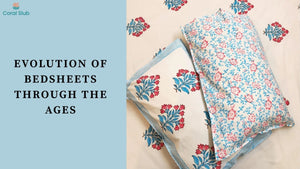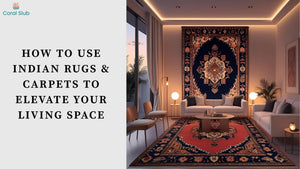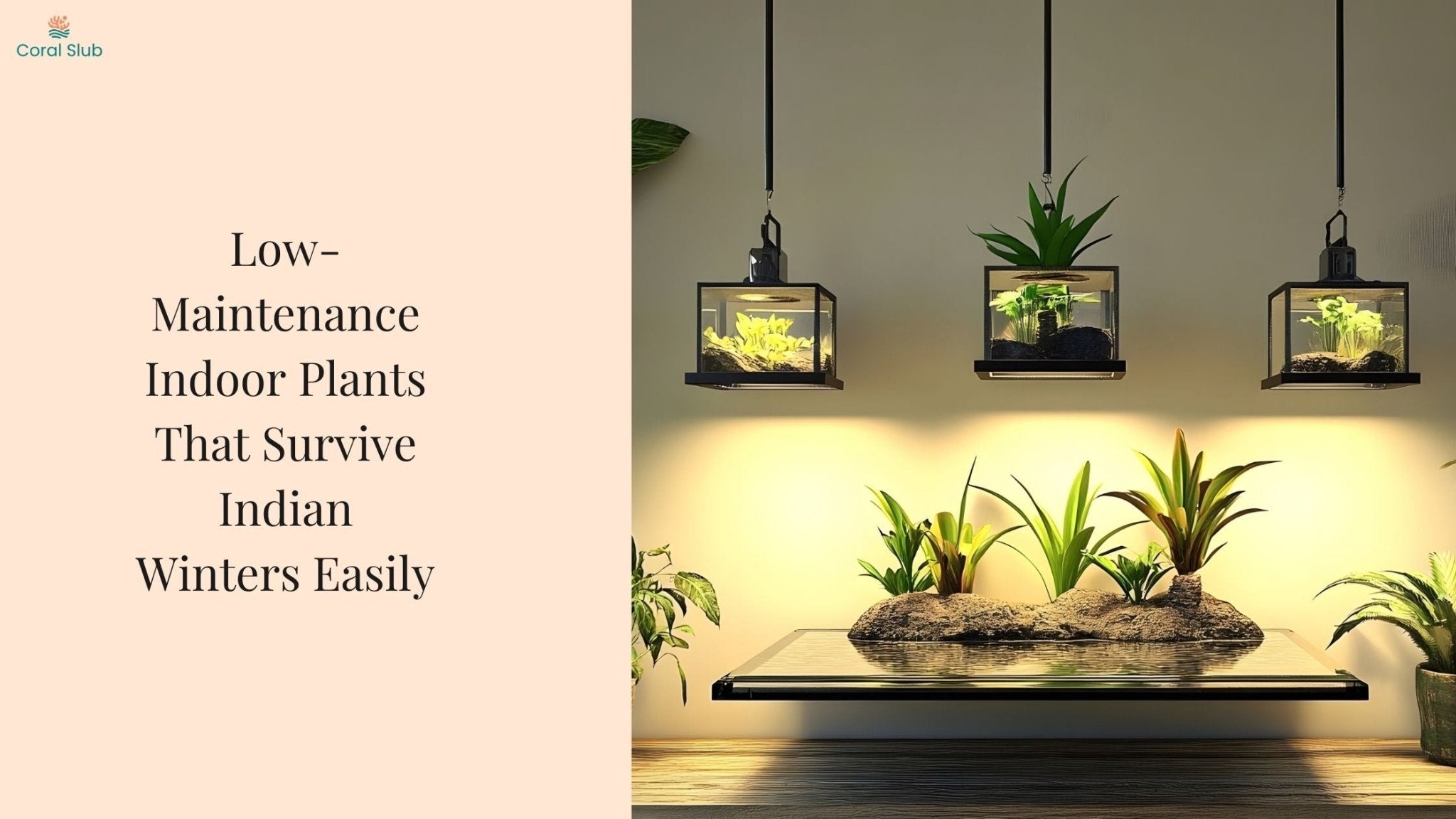Decorating your home should be an exciting journey, but many well-intentioned homeowners fall into common traps that make their spaces feel cramped, disjointed, or uncomfortable. Understanding these frequent missteps can save you time, money, and frustration while creating a space that truly works for your lifestyle.
1. Choosing the Wrong Size Furniture

The most common decorating mistake is selecting furniture that doesn't fit the space properly. Oversized sectionals can overwhelm small living rooms, while tiny accent tables look lost in large spaces. Many people also push all furniture against walls, thinking it creates more space, but this actually makes rooms feel disconnected.
Always measure your space before shopping and leave at least 18 inches of walking space around furniture. Consider floating furniture away from walls to create intimate conversation areas. Use painter's tape to outline furniture dimensions on your floor before purchasing to get a realistic sense of scale.
2. Ignoring Proper Lighting

Poor lighting can make even the most beautifully decorated room feel flat and uninviting. Relying solely on harsh overhead lighting creates uncomfortable shadows and a sterile atmosphere that lacks warmth and depth.
Create layered lighting by combining overhead fixtures with table lamps, floor lamps, and accent lighting. This approach provides both functionality and ambiance. Install dimmer switches to adjust lighting throughout the day, and aim for multiple light sources at different heights in each room.
3. Rushing the Decorating Process

Impatience leads to hasty decisions and spaces that lack cohesion. Quick decorating often results in impulse purchases that don't work well together and rooms that look like catalog pages rather than personal, lived-in spaces.
Take time to understand how you actually use each room before making major purchases. Start with essential pieces and gradually add accessories and artwork. Create mood boards to clarify your vision, and consider waiting a month before buying non-essential decorative items to ensure they truly fit your style.
4. Getting Scale and Proportion Wrong

Beyond furniture sizing, proportion issues affect how all room elements relate to each other. Tiny artwork on large walls, oversized accessories on small tables, or area rugs that are too small for furniture arrangements create visual imbalance that makes spaces feel uncomfortable.
Follow basic proportion guidelines like ensuring artwork takes up two-thirds to three-quarters of the wall space above sofas. Choose area rugs large enough that furniture front legs sit on them. When grouping accessories, vary heights and sizes while maintaining visual balance.
5. Prioritizing Form Over Function

Choosing style over substance results in rooms that look great in photos but don't work for daily life. This might mean selecting an uncomfortable but gorgeous sofa or arranging furniture that looks perfect but makes conversation difficult.
Always consider how you actually live in your space when making decorating decisions. Choose furniture that serves your lifestyle while reflecting your style preferences. Incorporate smart storage solutions that maintain your design aesthetic, and test room arrangements by spending time doing typical activities in the space.
Conclusion
Successful decorating isn't about having the most expensive or trendy pieces. It's about creating spaces that support your lifestyle while reflecting your personal taste. The best-decorated homes are those where every element has been chosen with intention and care.
Take your time, trust your instincts, and remember that great home design balances beauty with livability. By avoiding these common mistakes, you'll create spaces that are both stunning and truly comfortable for everyday life .If you love reading about home decor, check out out our other blogs as well.








